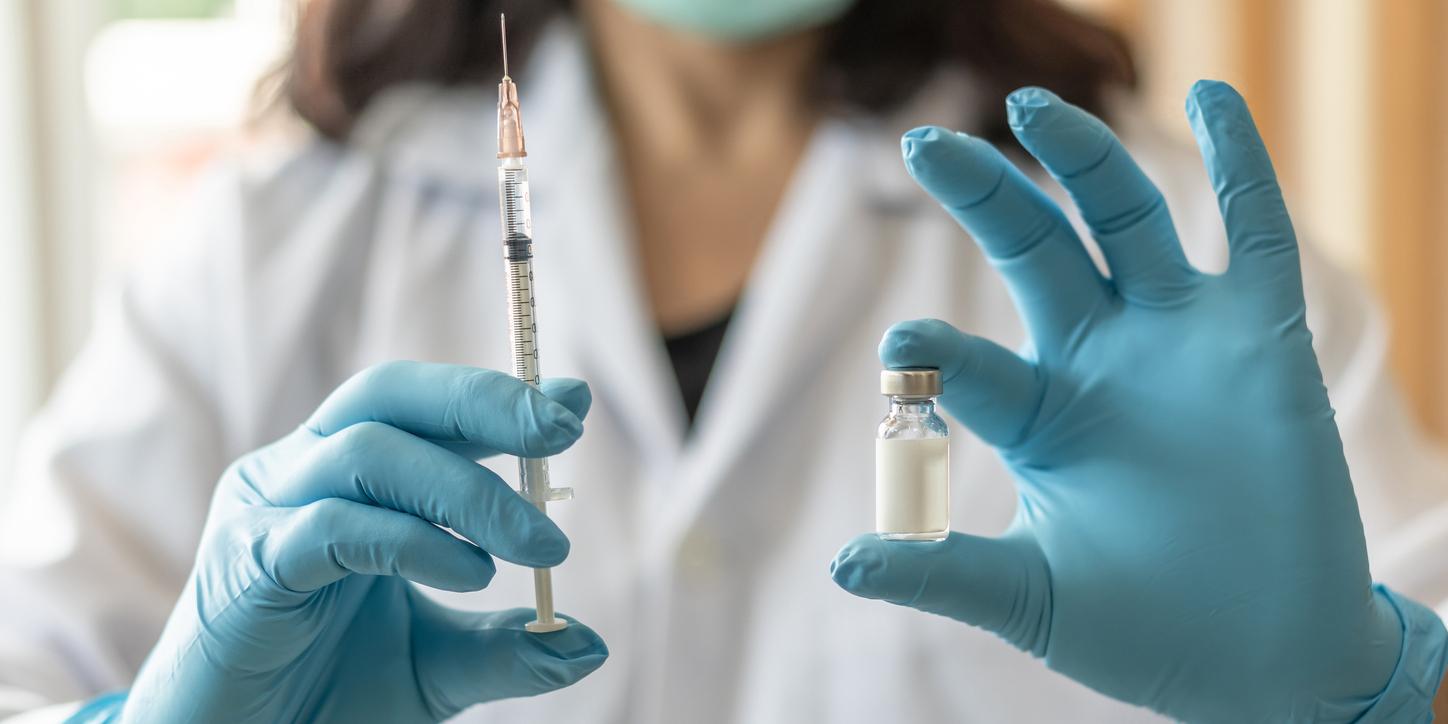American researchers have developed an injectable substance effective for months against infection with the AIDS virus.

American researchers have developed an anti-AIDS substance, which has been shown to be effective for months in monkeys and could lead to long-lasting treatment against HIV in humans. These works are related in the journal Nature.
Scientists have developed a “very potent, broad-spectrum inhibitor” that acts on HIV-1, the main type of AIDS virus found in the world. The substance in question is a compound called eCD4-Ig. It is the result of several years of research primarily carried out by The Scripps Research Institute, a Florida-based nonprofit research center.
No contaminated monkeys
The molecule works by neutralizing two HIV receptors necessary for the virus to enter cells. This dual mode of action provides the product with greater inhibitory efficacy against different types of AIDS viruses, including those deemed to be “difficult to neutralize”.
According to the experiment conducted on macaques, a single injection of the product offers “very, very strong protection” against HIV for at least eight months.
Indeed, during the experiment, the macaques were subjected to increasingly strong doses of the monkey version of the AIDS virus (SHIV-AD8). However, none of the animals developed infection, unlike the control monkeys not treated with eCD4-Ig. To ensure this prolonged effect, the compound has been combined with an adeno-associated virus (AAV). This harmless virus is able to enter cells to make them manufacture the protective protein indefinitely and thus create a long-lasting anti-AIDS effect.
Effective one year later
According to the researchers, the protective effect would be effective for at least 34 weeks, despite doses of SHIV four times higher than those sufficient to infect the control macaques. One year after their treatment, the macaques would continue to be protected, despite doses eight to 16 times higher than the infectious doses.
“This protection is much better than any protection described for conventional or unconventional vaccines,” said Professor Michael Farzan, who led the study. Of course, further studies are needed on the safety of the product, both in macaques and in humans ”. The experiment will be presented at the large annual CROI conference on retroviruses and opportunistic infections to be held in Seattle, USA from February 23-26.
“Excellent communication from the scientific team”
However, one should not exaggerate its immediate scope. Indeed, the application of the compound to humans could take several years. The safety in animals and humans of this artificial protein, eCD4-Ig, has not yet been demonstrated, except in four monkeys. As for its effectiveness on the human being, it remains, for the moment, of the order of the fantasy.
“In fact, the real originality of this study is to have targeted two transmitters,” estimates Professor Jean-François Molina, head of the Infectious and Tropical Diseases Department at Saint Louis hospital. Normally, gene therapy will block only one, but the virus tends to use another. There, we block two. But we must not forget that HIV has a very strong adaptive capacity. It is very likely that it will attach to another transmitter ”. On the other hand, he emphasizes, the successes of gene therapy are still limited to this day.
In addition, Jean-François Molina notes certain biases in the study. “The macaques got infected intravenously, for example. However, within the human population, the virus is transmitted mainly through the mucous membrane ”. Beyond “excellent communication from the scientific team”, the study should therefore be placed in its context. The battle against the AIDS virus is not yet won …
.















